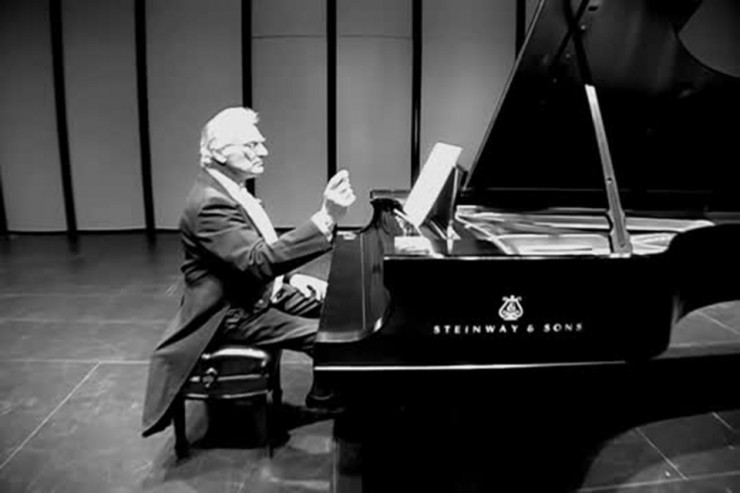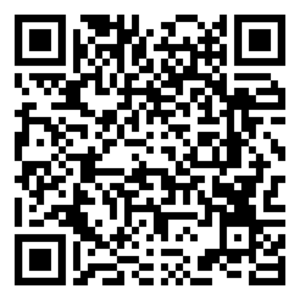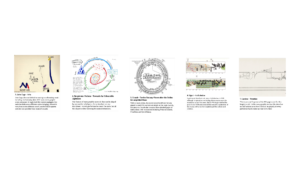Audio Visualisation

Summary
Understanding how visuals and sounds combine can deepen our appreciation for objects, by tapping into psychoacoustic theory and graphic scores, this toolkit offers an assignment on creating an Audio-Visual Experience.
BACKGROUND INFORMATION IN VIDEO (2min)
INSTRUCTIONS (15min)
1. CHOOSE OBJECT
(2 min) Choose an object that interests you and that has a distinct sound associated with it. It could be anything from nature, machinery, musical instruments, or everyday objects.
2. TAKE PHOTO
(1 min) Take a clear and focused photograph of the chosen object.
3. CAPTURE SOUND
(3 min) Capture the sound that the selected object makes. This could be its natural sound, like the chirping of a bird, the ticking of a clock, or any sound produced when interacting with the object.
4. MAKE A VISUAL SCORE
(6min) Based on the audio, create visual scores on paper or drawable software in your phone (e.g. Note), it can blend conventional elements notation with the unconventional.
The visual score means a written notation of a musical or dance composition(MOMA, n.d.).
You can refer to some musical artworks by artists:
https://www.classicfm.com/discover-music/latest/graphic-scores-art-music-pictures/
5. SHARE
(3min) Finally, you can interpret the graphic score by yourself. As well as, you can share the graphic score to others, let them to interpret.
You can share and upload the visual scores you create here:
PRINT INSTRUCTION
Audio Visualisation Toolkit
FEEDBACK

Copyright: [2023] [Congmeng Wang/ OER Creative Commons]
License: CC0 1.0 Universal (CC0 1.0) https://creativecommons.org/publicdomain/zero/1.0/
Classic FM. (n.d.). John Cage – Aria. [online] Available at: https://www.classicfm.com/discover-music/latest/graphic-scores-art-music-pictures/cage-aria/.
Hochberg, J. (2010). John Cage’s 4’33″. YouTube. Available at: https://www.youtube.com/watch?v=JTEFKFiXSx4.
MOMA. (n.d.). Score. [online] Available at: https://www.moma.org/collection/terms/score#:~:text=A%20written%20notation%20of%20a,date%20or%20by%20another%20performer [Accessed 6 Dec. 2023].
School, T.L.A.R. (2020). Psychoacoustics: The Psychology of Sound. [online] The Los Angeles Recording School. Available at: https://www.larecordingschool.com/psychoacoustics-the-psychology-of-sound/.



